
views
Crank up the enthusiasm.

Cheerful, enthusiastic people tend to make a stronger impression. Imagine you just shared some great news with a couple of your co-workers. One person says, “That’s fantastic! I’m so happy for you!” while the other says, “Oh, that’s nice.” The first person’s reaction is a lot more positive and uplifting, right? Being a people person is all about making a positive impression on the people around you, and being a person others enjoy spending time around. “Kudos!” “Wow, that’s incredible!” or “That’s so exciting!” are just a few ways to add some extra enthusiasm into your conversations. Try to keep the positive energy going, even if you’re having a rough day. For example, if you overslept your alarm before work, you might comment about how nice the weather is instead of complaining about your rough morning.
Ditch robotic, automatic replies.
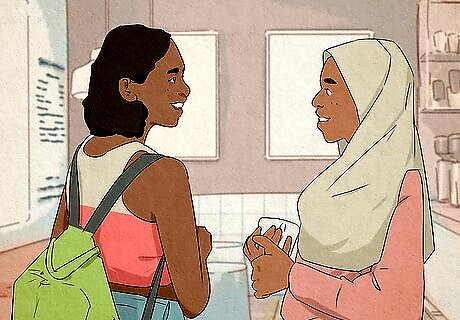
“I’m fine” is a real conversation killer. The next time someone asks about your day, take a moment to give a genuine answer. This simple change can help you make the most out of your conversations, and connect more deeply with the people around you. You might say something like, “I had my favorite cereal for breakfast today, so my day’s going pretty great so far!” or “I lost track of time reading a great book last night and only got about 4 hours of sleep. It was totally worth it, though!”
Tweak your tone.
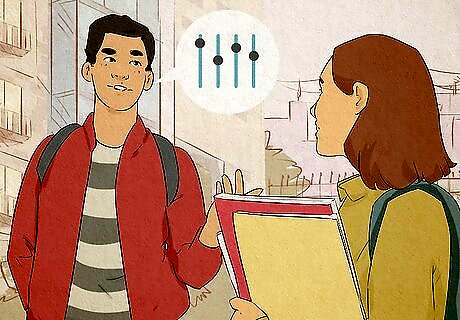
Watch the way you inflect words in a sentence. In ordinary conversations, it’s easy for our minds to go on autopilot. As a people person, take a moment to think before you say anything. Try to speak in an even, consistent tone, so you don’t sound condescending by mistake. For example, “Did you really do that?” may sound condescending, while “Did you really do that?” sounds a lot friendlier.
Act empathetic instead of sympathetic.
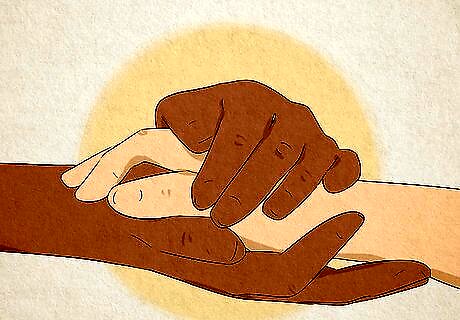
Empathy focuses on connection, while sympathy is more detached. To be a people person, focus on connecting with the people in your life as much as possible, instead of acting like a bystander. A simple change in your daily responses and reactions can make a really big difference! For instance, you might say “You must be so excited” instead of “That’s good to hear.” A sympathetic response might be something like “That’s too bad,” while an empathetic response could be, “Oh no. You must be so disappointed!”
Be a good listener.
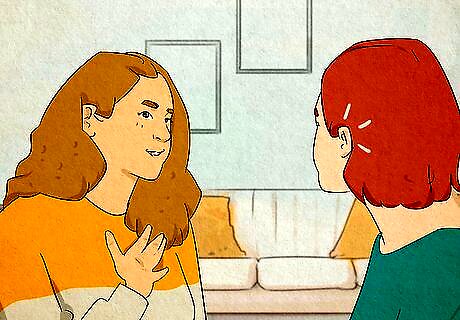
Believe it or not, being a people person doesn’t involve lots of talking. It’s all about connecting with others in a positive way, and making a good impression. Being an active listener is an easy way to do this. Make eye contact with your conversational partner, and give them your full attention until you’re done chatting. Try making thoughtful comments throughout the conversation. You might say “Mmm-hmm” throughout the conversation, or repeat back some of what the person said.
Ask lots of questions.
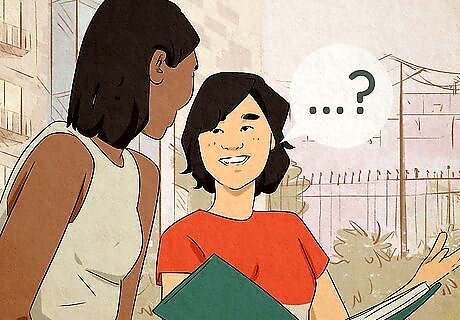
Most people love to chat about themselves. When you express a lot of interest in another person’s life, they start to find you interesting, too. Offer lots of friendly questions throughout the conversation—the other person will really appreciate your interest. At the end of the day, making positive connections is what being a people person is all about! You might ask “How was your weekend?” “What are you doing over the holidays?” or “Anything exciting coming up?”
Remember the little details about people.
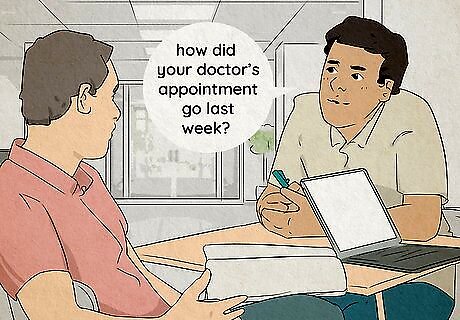
Reference those small details in a later conversation. Being a people person really comes down to the little things, like how you connect with others. Try taking mental notes about the small details in your conversations, even if they seem insignificant at the time. Then, the next time you chat, ask about the small detail they mentioned before. For instance, you might ask a friend how her math test went, or ask a co-worker if their doctor’s appointment went well.
Make small talk with the people around you.

Small, pleasant conversations are a great way to network with new people. The more individuals you’re friendly with, the easier it is to become a people person. Try striking up a conversation with a co-worker or classmate you don’t chat with often, and see where things go. You might say “hi” to a classmate you sit close to, or make small talk with the person standing next to you on the subway. You can make a few professional acquaintances by exchanging business cards.
Invite people to events.

Building social habits is a great way to become a people person. In the upcoming weeks, try inviting your friends and acquaintances to more activities, like a professional seminar. Even if they can’t attend the event with you, they’ll still appreciate the fact that you reached out. You can take baby steps with this, if you’d like! For instance, you might email your friend a link to an interesting article, or forward them a post on social media.
Set specific goals.

Over time, small steps can make a big difference. Each day, make small, intentional changes that force you out of your comfort zone. It’s okay if you take it slow—after all, baby steps are still progress! You might decide to chat with a co-worker one day, or say hello to a random person on the street. What matters most is that you put yourself out there, even if you’re taking baby steps.
Be patient with yourself.

Don’t expect to become a people person overnight. It can be tough to put yourself out there, especially if you prefer keeping to yourself. That’s okay! Be kind to yourself, and take it one day at a time.



















Comments
0 comment